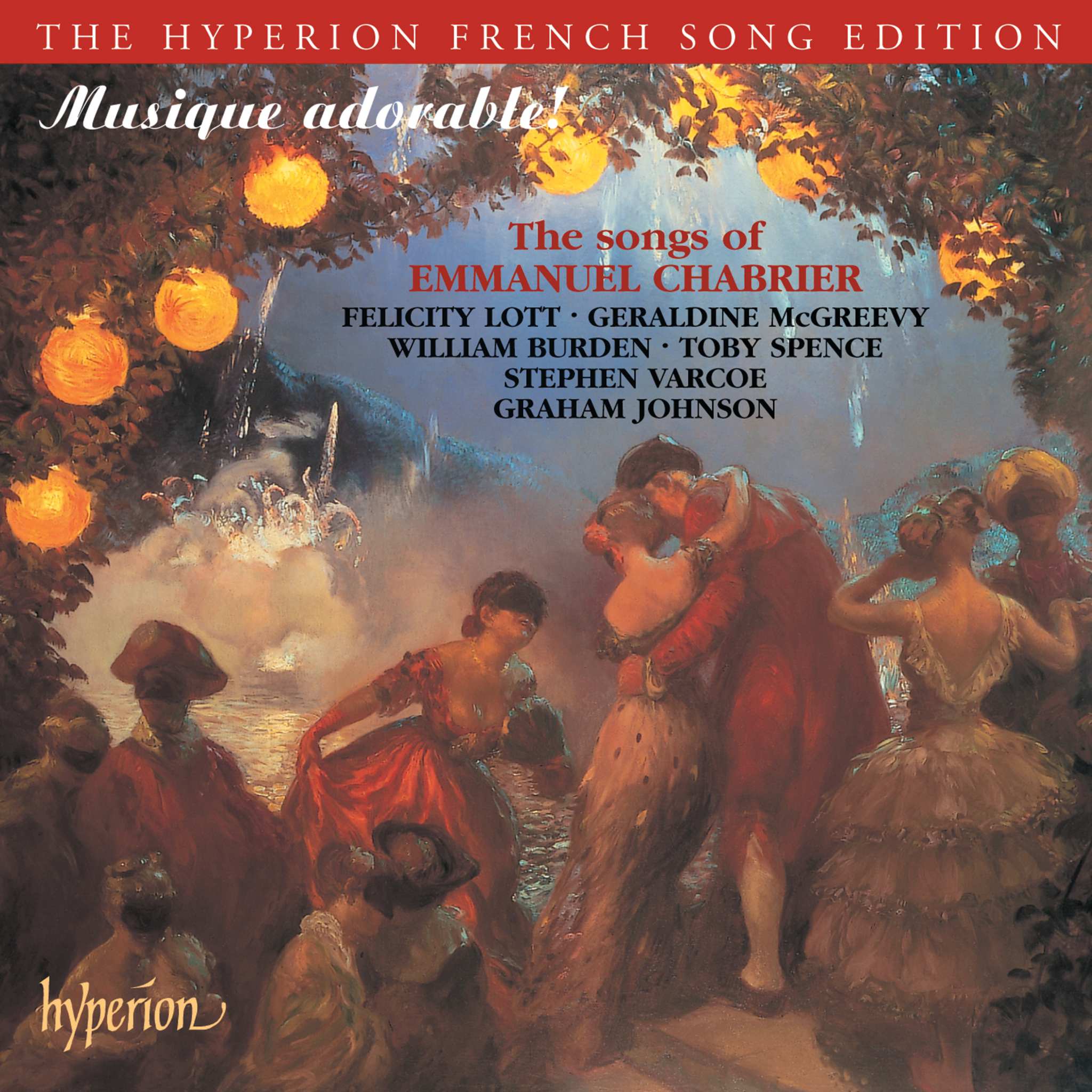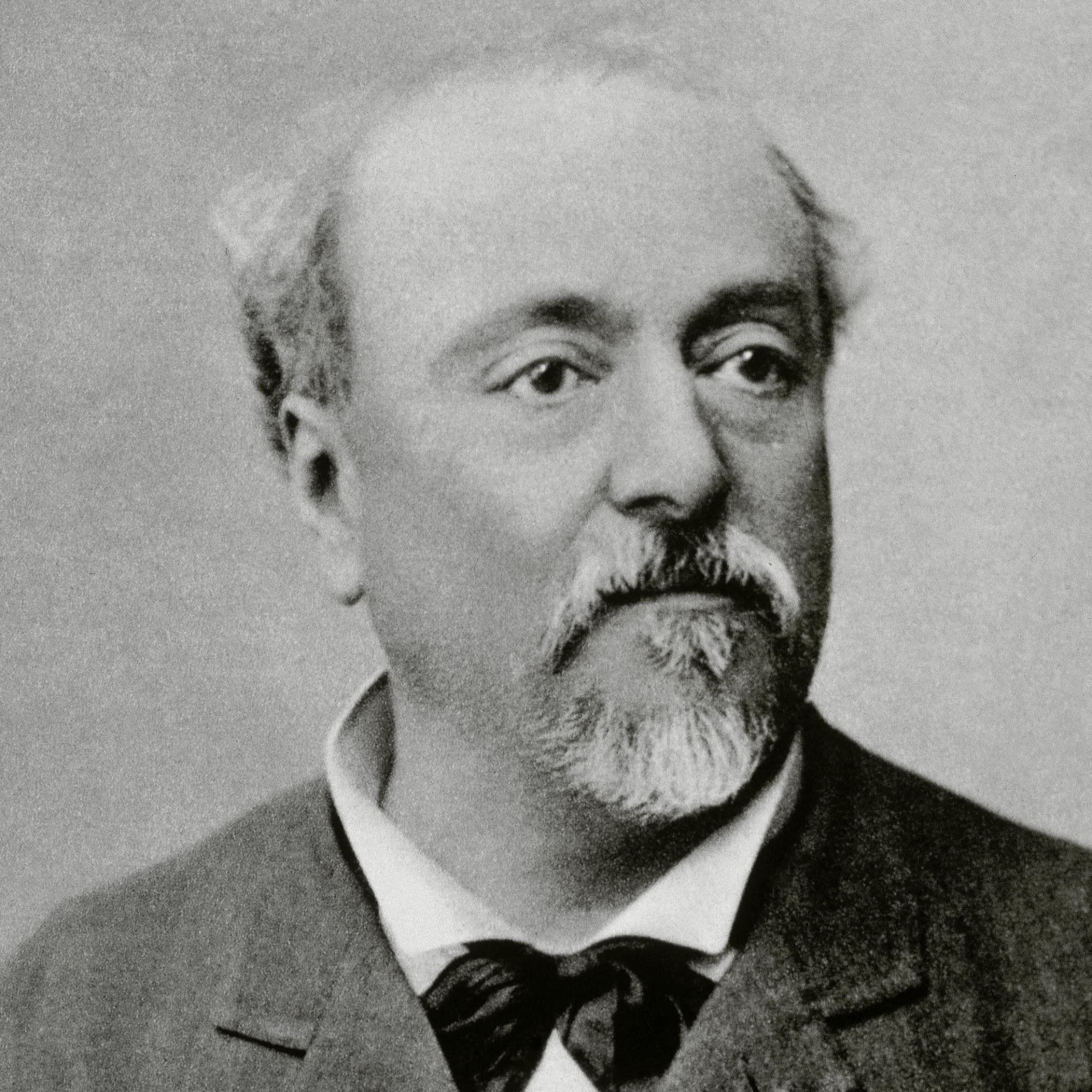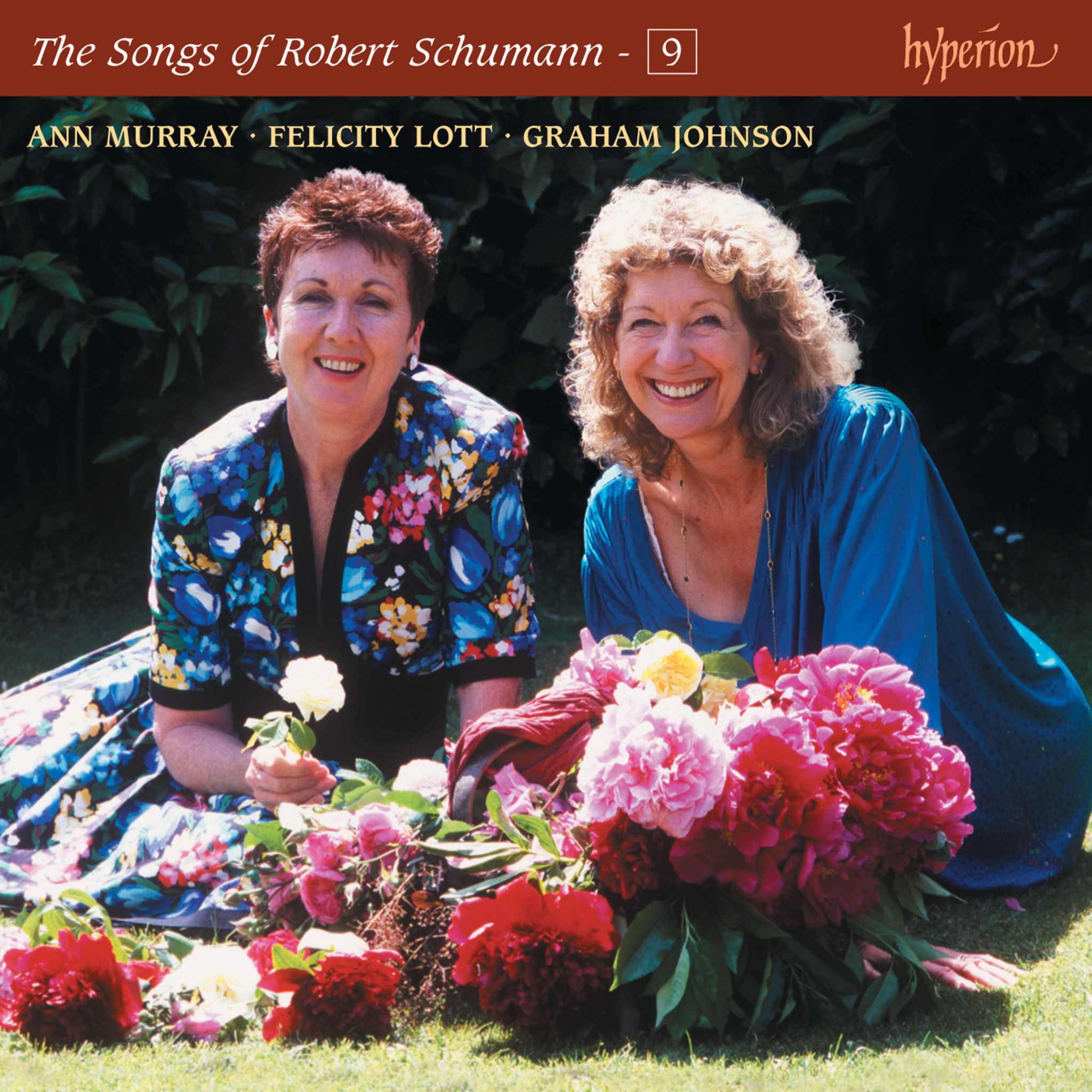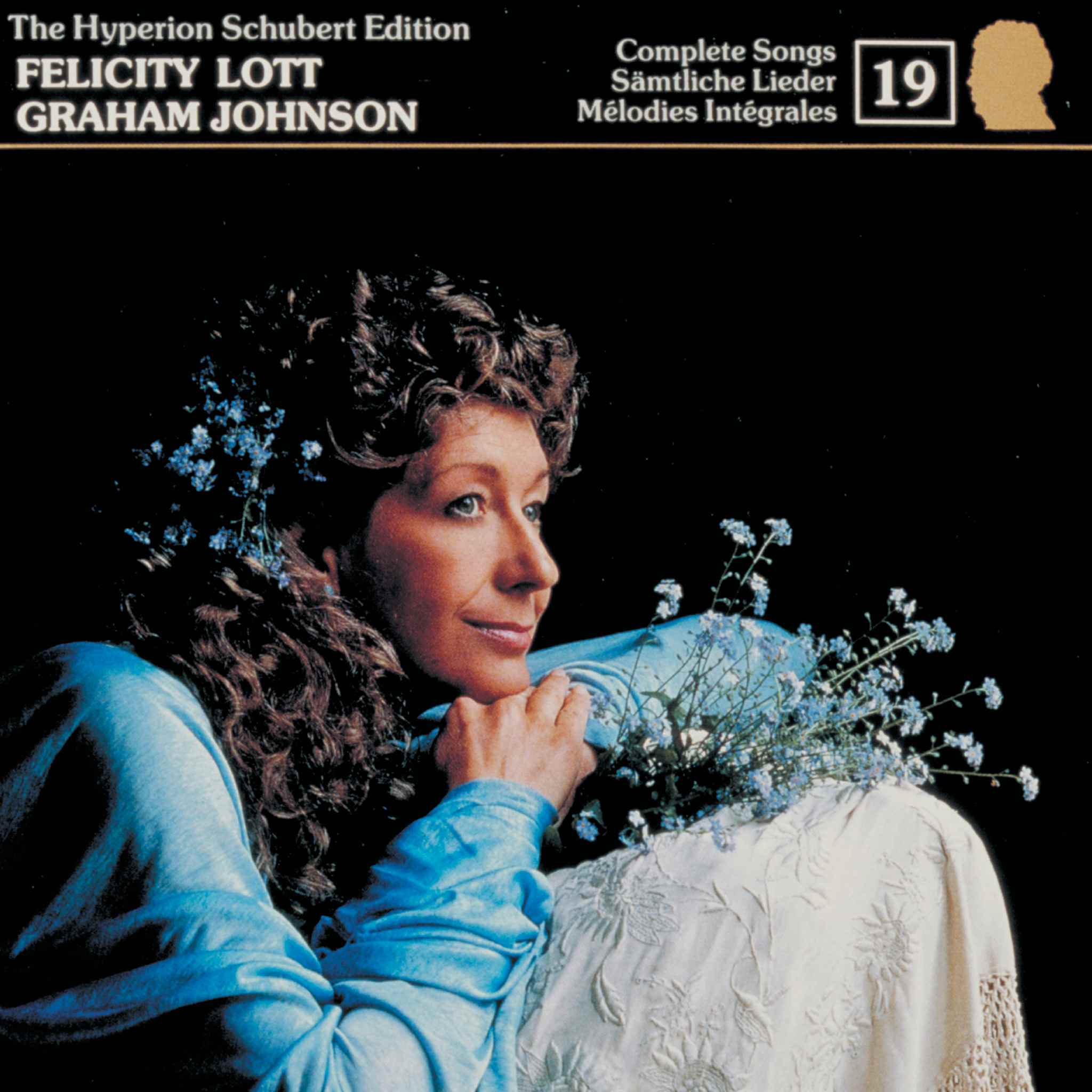Album insights
Inspiration among composers peaks when it comes to the theme of death, especially with significant works like composing a Requiem. A Requiem, filled with solemn texts of the Mass for the Dead sung in the Roman Catholic Church to honor the deceased, seek mercy for their sins, and pray for peace for their immortal souls, has been a muse for many throughout history.
Over the centuries, the Requiem text has been set to music numerous times since the Cantus-planus version found in the Liber Usualis. Notably, by the end of the sixteenth century, over forty compositions had been created, including the well-known works by Ockeghem, Lassus, Palestrina, Victoria, and more. Renowned composers like Mozart, Berlioz, Verdi, and Dvorák, alongside many others, contributed to this musical tradition. Each composer's style and personality shine through in these compositions, exemplified by Berlioz's Grand Messe des Morts, a blend of profound tenderness and high Romantic tragedy, using massive choral and orchestral ensembles.
The essence of a composer's soul often seeps into the text passages of a Requiem, reflecting their personal touch. Berlioz's monumental "Dies irae" bursts with chorus and orchestral might, contrasting with Fauré's serene masterpiece, where this sequence is notably absent. Another driving force behind the quality of Requiems is the personal loss experienced by the composer, often a loved one's passing. Fauré, for instance, penned the majority of his Requiem after his mother's death, infusing his grief into his musical creation.
Born in Pamiers in 1845, Gabriel Fauré's journey as a composer and musician began early at the École Niedermeyer in Paris. His musical prowess and mature style were cultivated through his experiences, eventually leading him to remarkable pieces like his Requiem. Despite Poulenc's criticism, Fauré's Requiem remains a beloved work, crafted meticulously over several years. Fauré's unique interpretation of the Requiem Mass text, focusing on peaceful transcendence rather than judgment, sets his composition apart from traditional settings.
In contrast, Maurice Duruflé, a meticulous composer, approached his Requiem with reverence, blending elements of Gregorian chants, French composers, and his own ingenuity. Duruflé's composition, published in 1947, merges the timeless Cantus planus melodic lines with sumptuous harmonies and refined instrumentation inspired by his predecessors. His work seamlessly weaves intricate musical elements, enveloping the listener in a serene yet emotionally resonant experience.
Duruflé's profound musical synthesis shines through in his Requiem, notable for its contemplative spirit and harmonious unity of diverse musical elements. This enduring piece, reborn through multiple orchestrations, resonates with a deep sense of spiritual tranquility and divine optimism.












